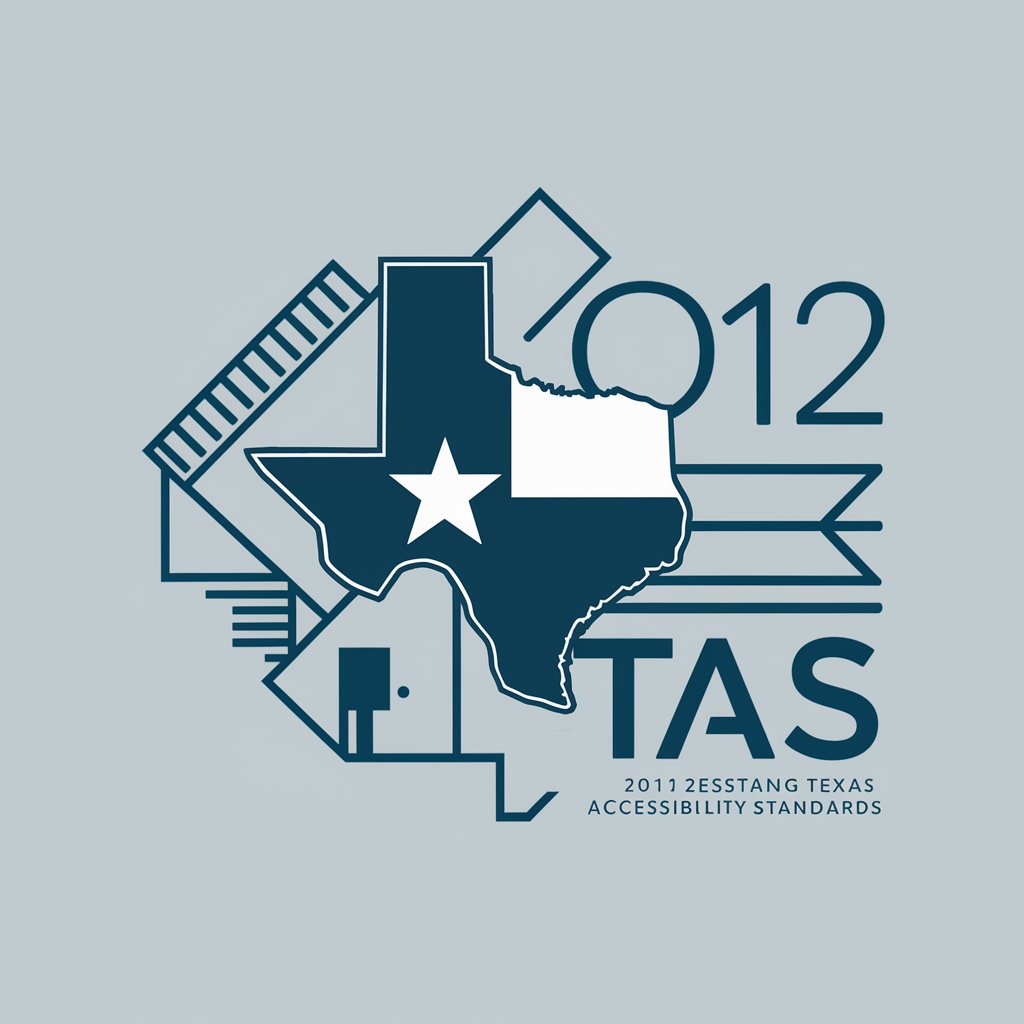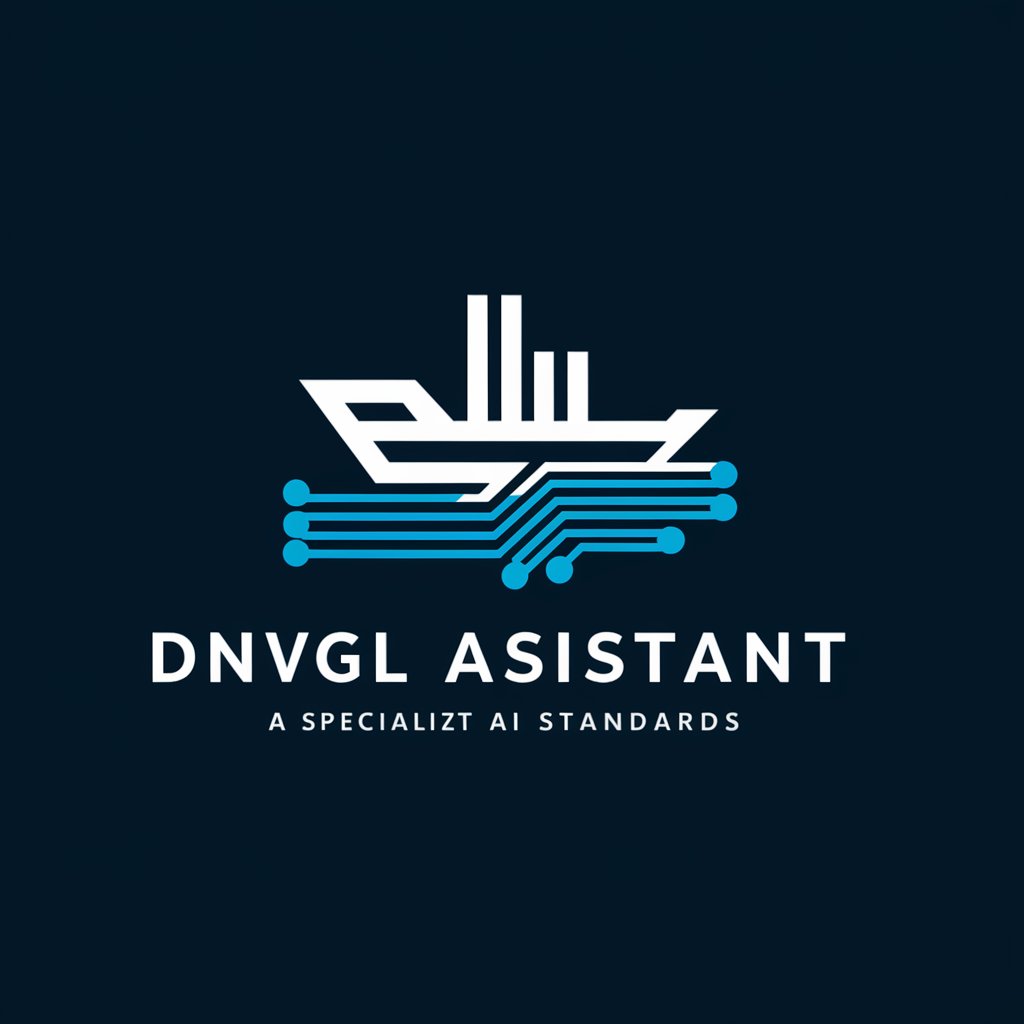2012 Texas Accessibility Standards - Accessibility Compliance Guide

Welcome! How can I assist you with the 2012 Texas Accessibility Standards?
Empowering Access for Everyone
Please explain the requirements for accessible routes in new buildings.
Can you detail the guidelines for accessible parking spaces?
What are the regulations for accessible restrooms under the 2012 TAS?
How do the 2012 Texas Accessibility Standards address accessible signage?
Get Embed Code
Introduction to 2012 Texas Accessibility Standards
The 2012 Texas Accessibility Standards (2012 TAS) establish regulations to ensure that buildings and facilities are accessible and usable by individuals with disabilities. The standards are intended to be applied during the design, construction, additions, and alterations of sites, facilities, buildings, and elements to accommodate the needs of individuals with disabilities, as per the authority of the Texas Department of Licensing and Regulation under Texas Government Code Chapter 469. These standards are aligned with the 2010 Standards for Accessible Design, differing only in specific italicized items within the text. Examples of application include the design of accessible entrances, pathways, and facilities within both new constructions and renovations that enhance accessibility, such as lowering the height of sinks and counters in a public restroom or ensuring proper door widths and hardware for wheelchair access. Powered by ChatGPT-4o。

Main Functions of 2012 Texas Accessibility Standards
Scoping Requirements
Example
Defines which areas of a building must be accessible
Scenario
Ensuring that new public buildings have at least one accessible entrance and restroom facilities that meet the standards.
Technical Specifications
Example
Specifies the technical criteria for features like ramps, doors, and elevators
Scenario
A renovation project in an office building must install ramps with specific slope requirements and doors of certain widths to accommodate wheelchair users.
Communication Features
Example
Details requirements for features that assist in communication, such as signage and alarms
Scenario
An auditorium is required to install visual alarm systems and provide assistive listening devices to meet the needs of individuals with hearing impairments.
Ideal Users of 2012 Texas Accessibility Standards
Architects and Designers
Professionals involved in the planning and designing of buildings and facilities benefit from understanding these standards to ensure their projects comply with accessibility requirements.
Construction Contractors
Contractors need to implement these standards during the construction or renovation of buildings to ensure the facilities meet state accessibility requirements.
Facility Managers
Managers of public buildings, such as schools, hospitals, and commercial buildings, use these standards to manage compliance and address the needs of people with disabilities.

Using 2012 Texas Accessibility Standards
Step 1
Visit yeschat.ai for a free trial without login, also no need for ChatGPT Plus.
Step 2
Identify the project type to determine applicable accessibility requirements. Review the specific chapters and sections relevant to your project (e.g., public buildings, healthcare facilities, etc.).
Step 3
Utilize the detailed measurement and technical guidelines outlined in the standards for designing or altering facilities. Ensure compliance in areas such as parking, routes, entrances, and restrooms.
Step 4
Consult the Advisory Notes for additional guidance on implementation and interpretations of the standards.
Step 5
Submit plans for review and approval to the Texas Department of Licensing and Regulation or other appropriate local authorities before beginning construction to ensure compliance.
Try other advanced and practical GPTs
Health Standards Expert
Empowering Healthcare with AI-driven Standards

Standards Architect
Navigate Standards with AI Power

DNVGL Standards Assistant
AI-Powered Precision for Standards

Standards
Empowering Creativity with AI

Energy Insight
Transform Energy with AI

JurisHand AI: Vade Mecum de Direito
AI-Powered Insight for Brazilian Law

Amelia
Unlock Environmental Insights with AI

Django Copilot
AI-powered tool for Django development

Typescript
AI-powered coding assistant for TypeScript

Web Search Copilot
AI-powered research at your fingertips.
Unit Test Engineer
Simplify Testing with AI-Powered Insights

Homeschooling Helper
Empowering Education with AI

Q&A on 2012 Texas Accessibility Standards
What are the primary objectives of the 2012 Texas Accessibility Standards?
The primary objectives are to eliminate architectural barriers and make public and commercial facilities accessible to all individuals, particularly those with disabilities.
How do the 2012 standards relate to the Americans with Disabilities Act (ADA)?
The 2012 standards align with the 2010 ADA Standards for Accessible Design, ensuring consistency and compliance with federal regulations.
Are there exceptions to the application of these standards?
Yes, the standards provide specific exceptions for areas like machinery spaces, employee work areas, and certain temporary structures.
What steps should be taken if existing facilities need to be updated to meet these standards?
Facilities must assess the scope of alterations needed to remove barriers and provide accessible paths of travel, considering cost and feasibility.
Who enforces the 2012 Texas Accessibility Standards?
Enforcement is managed by the Texas Department of Licensing and Regulation, which reviews and approves plans and conducts inspections.
